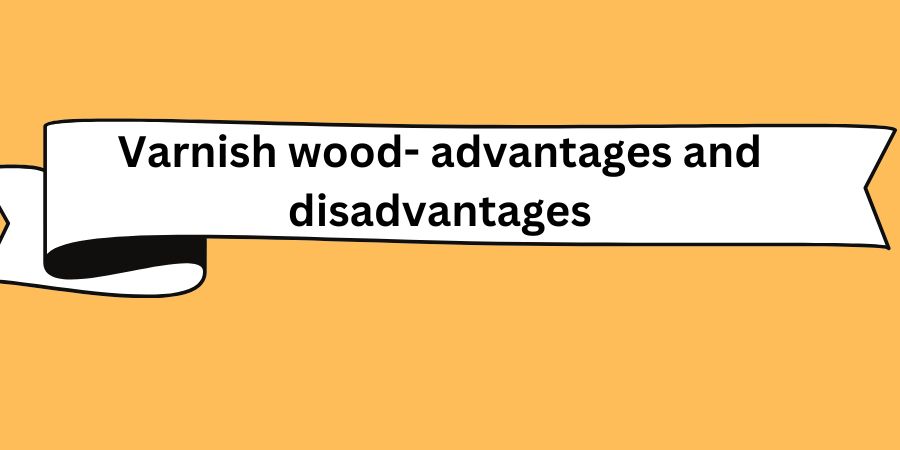Varishing wood” refers to wood that has been coated with varnish, which is a type of finish that is often used to protect and enhance the appearance of wood. Varnish is a mixture of resin, oil, and solvents that forms a hard, transparent coating when applied to wood.
Now, let’s talk about the advantages and disadvantages of varnish wood that you should know about.
Advantages:
Durability:
Varnished wood is more durable than untreated wood, as it provides a protective layer that can withstand wear and tear.
Enhanced Appearance: Varnish brings out the natural beauty of wood, giving it a glossy and smooth finish.
Protection from Moisture: 4The varnish coating on wood can protect it from moisture damage, such as warping and rotting.
Easy to Clean:
Varnished wood is easy to clean and maintain, as the coating repels dirt and stains.
Resistance to Fading:
Varnish protects wood from fading due to exposure to sunlight, making it ideal for outdoor use.
Long–lasting:
Varnish is a long-lasting finish, which means that you won’t have to reapply it frequently.
Adds Value:
Varnished wood can add value to your home or furniture, as it is considered a premium finish.
Easy to Apply:
Applying varnish is a straightforward process, and you can do it yourself with the right tools and equipment.
Versatile:
Varnish can be used on a variety of wood surfaces, such as floors, furniture, and cabinets.
Cost–effective:
Although varnish may cost more than other types of finishes, it is a cost-effective option in the long run due to its durability and long-lasting properties.
Disadvantages:
Time–consuming: Applying varnish can be a time-consuming process, as you may need to apply multiple coats and wait for them to dry.
Requires Skill: Applying varnish requires some skill and expertise, as it can be difficult to achieve a smooth and even finish.
Toxic Fumes: Varnish contains solvents that can emit toxic fumes, so it’s important to use it in a well-ventilated area and wear protective gear.
Prone to Cracking: Varnish can crack and peel over time, especially if it’s exposed to extreme temperatures or humidity.
Difficult to Repair: If varnish is damaged or worn down, it can be difficult to repair without stripping and refinishing the entire surface.
Expensive: Varnish can be more expensive than other types of finishes, especially if you’re hiring a professional to apply it.
Requires Maintenance: Although varnish is a durable finish, it still requires regular maintenance to keep it looking its best.
Not Environmentally Friendly: Varnish contains chemicals that can be harmful to the environment, so it’s important to dispose of it properly.
Limited Color Options: Varnish is typically a clear finish, so it may not be the best choice if you’re looking for a specific color or tone.
Can Mask Imperfections: Varnish can mask imperfections in the wood, which may not be ideal if you want to showcase the natural beauty of the wood grain.





